PIM - Product Information Management
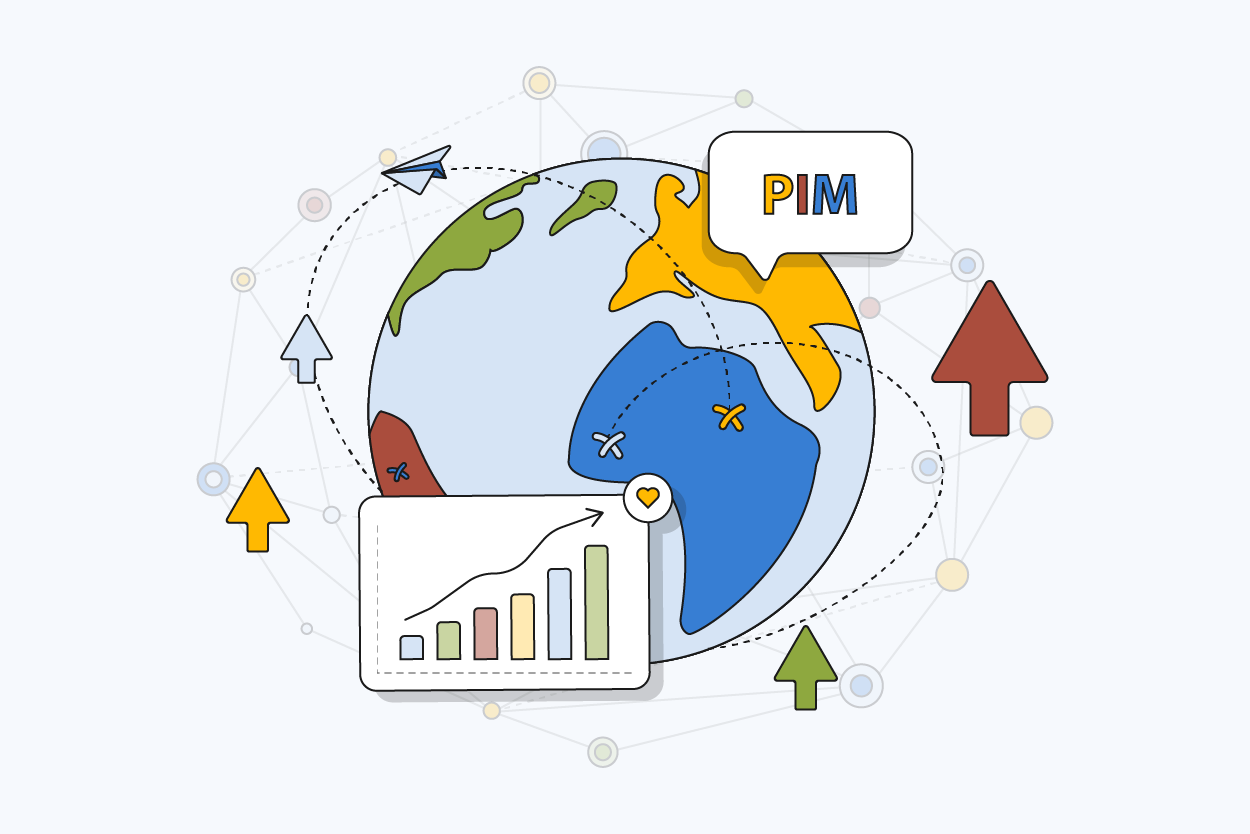
Managing product information efficiently is crucial for business' aiming to stay competitive. Our blog post delves into the topics related to this powerful tool that stands at the forefront of digital commerce and marketing strategies.
Discover how PIM systems streamline data management across various channels and enhance the customer experience. Explore the key benefits of implementing a PIM system, and related topics.
Whether you're a small retailer or a large enterprise, understanding and leveraging PIM can lead to significant improvements in efficiency, customer satisfaction, and ultimately, sales performance.
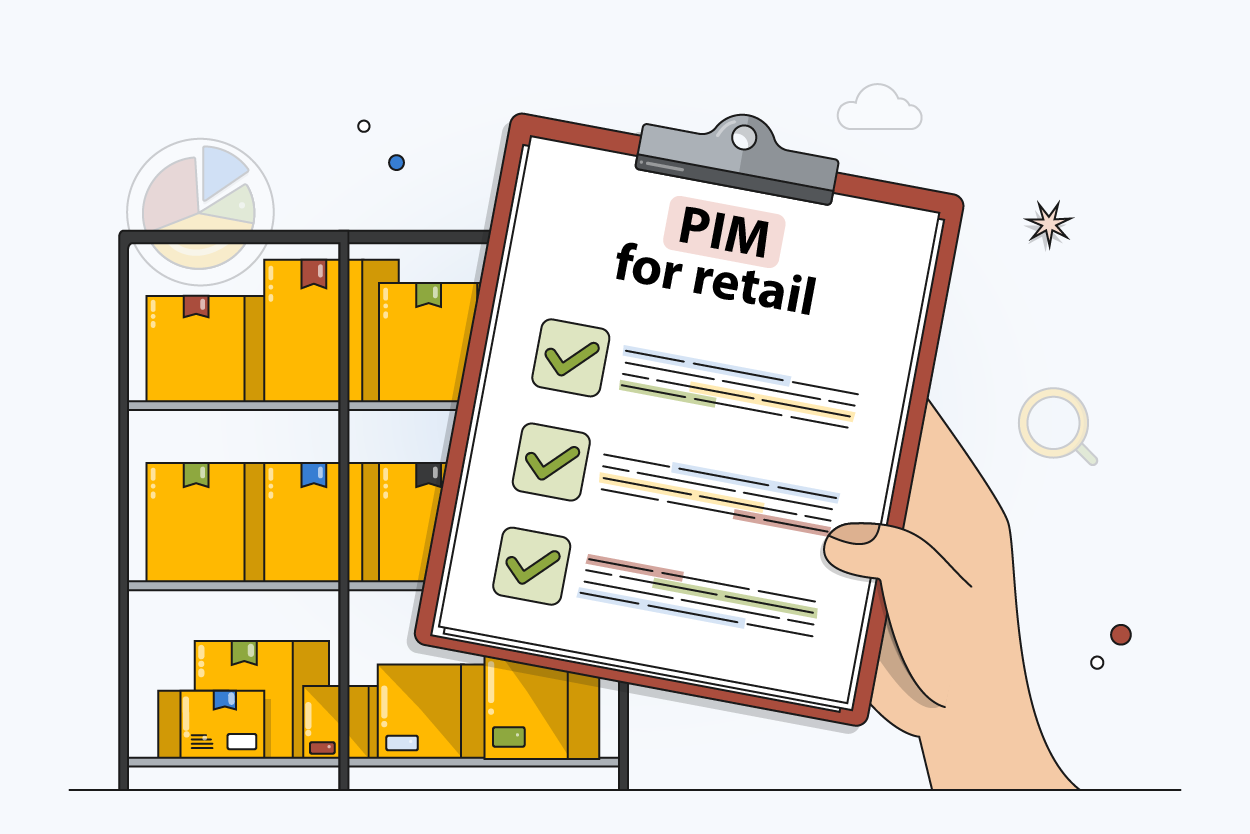
The Complete Guide to PIM for Retail: Transform Your Product Management
Product data drives retail. Every product in your inventory has names, prices, specs, images, videos, and more. Multiply that out across hundreds or thousands of SKUs, spread across multiple channels, and the task of keeping it all current becomes da

The Ultimate PIM Selection Guide: 15 Critical Criteria for Choosing the Right System
Your product data is a mess. Not because you’re doing anything wrong, but because your business is growing. SKUs are multiplying. Teams are spread across tools. Spreadsheets are breaking under the weight of it all. And somewhere between adding n
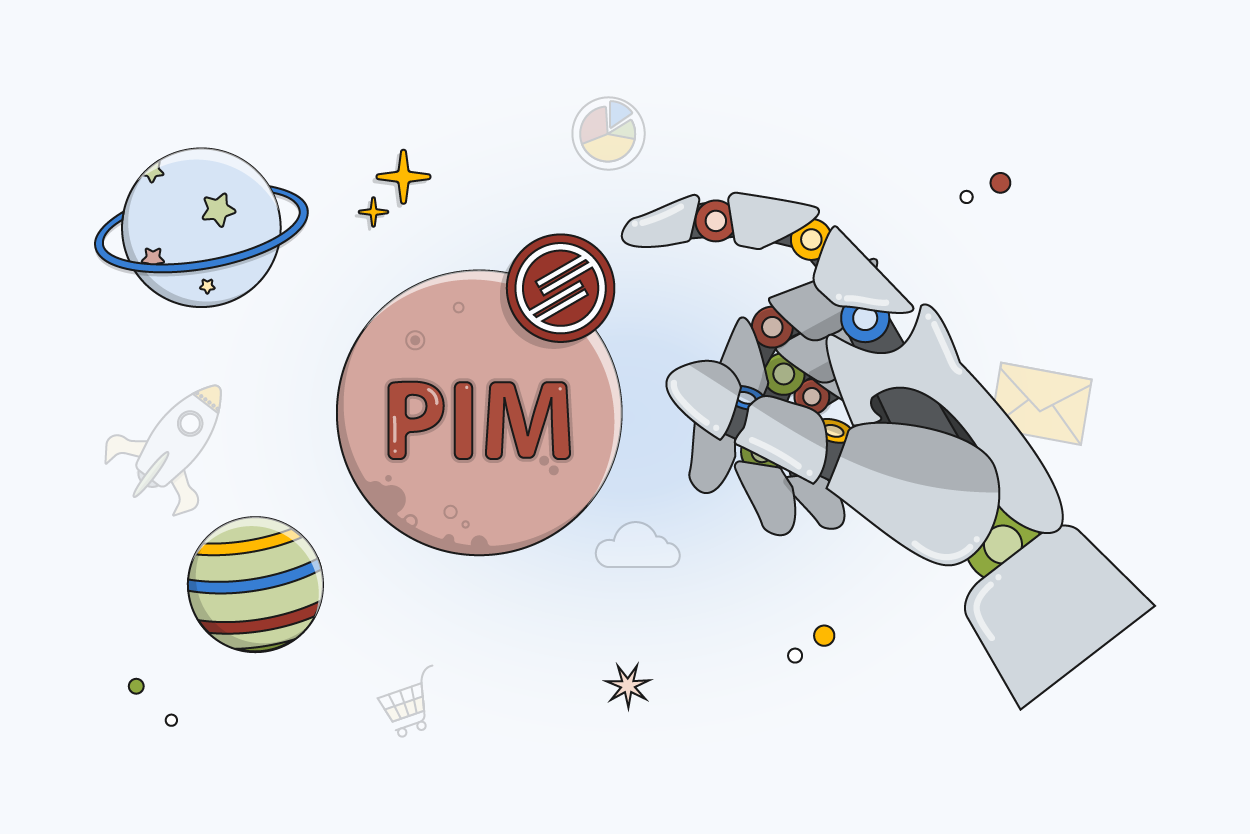
PIM Trends 2025: The Future of Product Data Management
Product data is now one of the most valuable assets in commerce. Every channel depends on it. Every customer touchpoint relies on it. Whether you're selling through a marketplace, a direct-to-consumer site, or a wholesale portal, the quality and stru
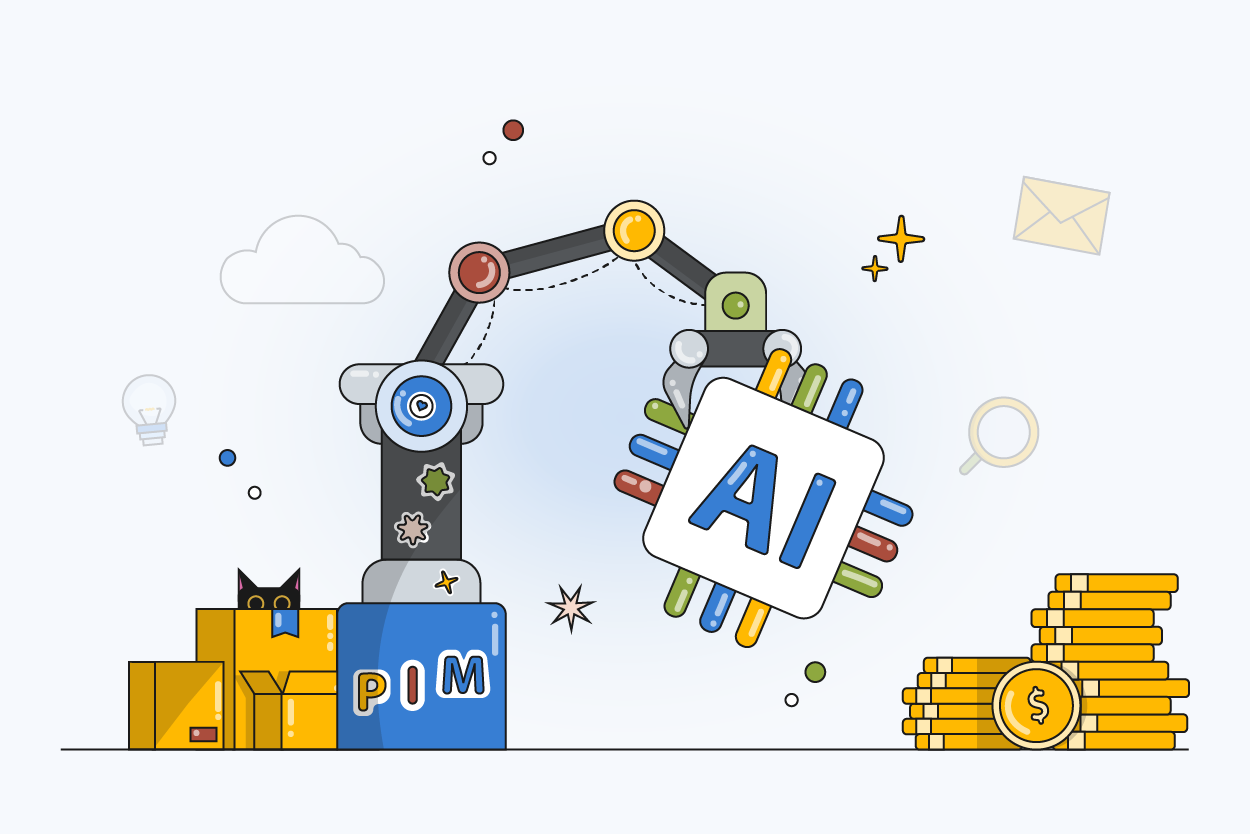
How AI is Transforming and Simplifying Product Information Management for Manufacturers
Manufacturers today face a complex challenge in managing product information across digital channels. With product data becoming increasingly critical to business success, companies are seeking more intelligent ways to manage their information ecosys

How PIM Improves Customer Experience Across Channels
Every great shopping experience starts with reliable product information. But maintaining product data quality across websites and other channels? That requires the right tool. PIM software is that tool as it establishes the consistency and accuracy
Best PIM Software in 2025: Top 7 Product Information Management Software
Product Information Management (PIM) software helps businesses manage product data efficiently. Whether you’re a small business or a global enterprise, the right PIM system can boost your productivity and improve your customer experience. In this g
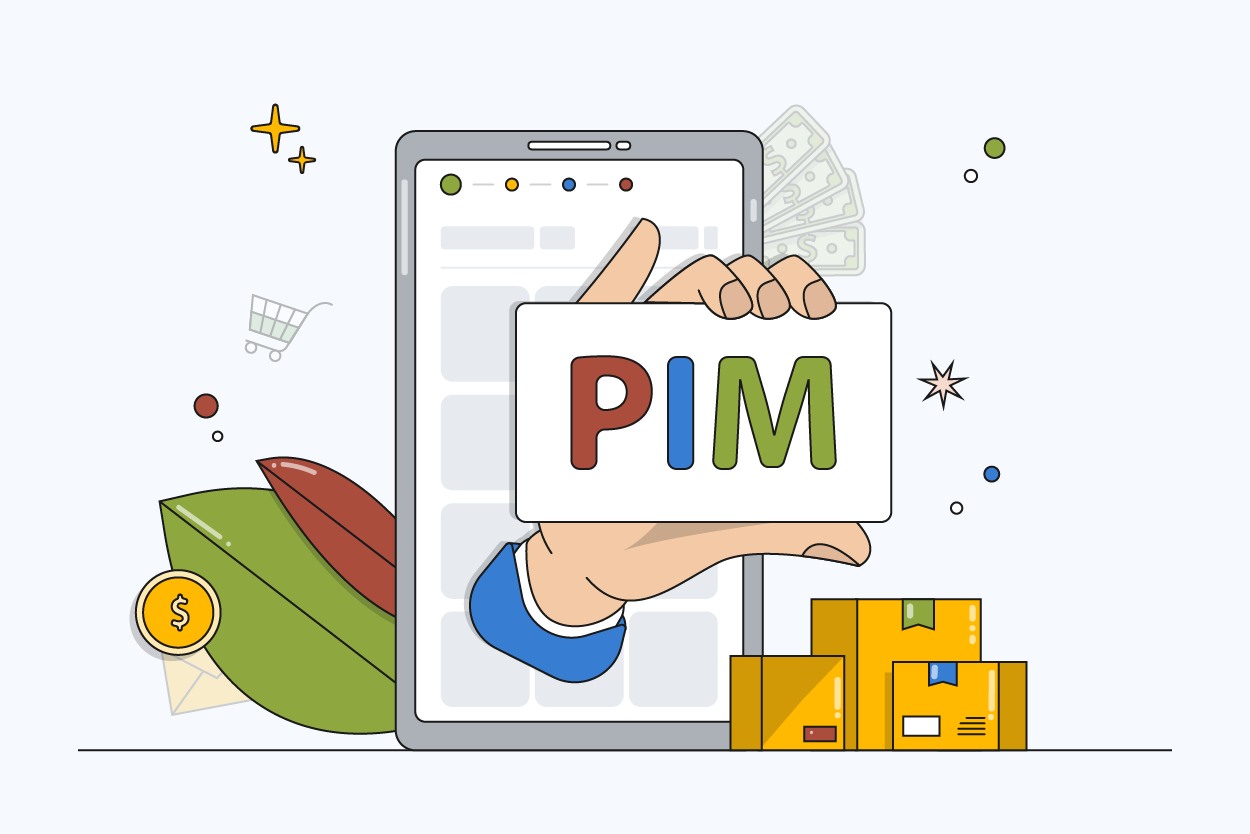
Top 8 Benefits of Using PIM for ECommerce
ECommerce businesses often deal with massive amounts of product data. Without a centralized solution, managing this information can become a tedious and error-prone process. PIM solves these challenges by giving you everything needed to manage a prod

7 Reasons Why Your Business Needs a PIM Solution
Managing product information shouldn’t feel like an endless juggling act. Yet, for many businesses, it does. With countless SKUs, evolving customer expectations, and the growing demand for multichannel selling, keeping product data organized can qu

Why do You Need to Integrate PIM for Shopify?
Product information management (PIM) is considered a game-changer for those who sell goods and services on Shopify. Managing product data manually may be a nightmare for business owners. To speed up the process and reduce mistakes, they look for effi

PIM vs DAM: What is the Difference
When you sell goods and services across multiple channels, you always have to deal with large amounts of data. Retailers, marketers, retailers, and other individuals who are somehow involved in the process receive information, create or change it, an

What Is a Product Line Sheet?
For wholesale business, product line sheet is one of the most essential tools. Its main purpose is product presentation. With a proper product line sheet, you may convince clients to purchase your products. In previous years, line sheets for products
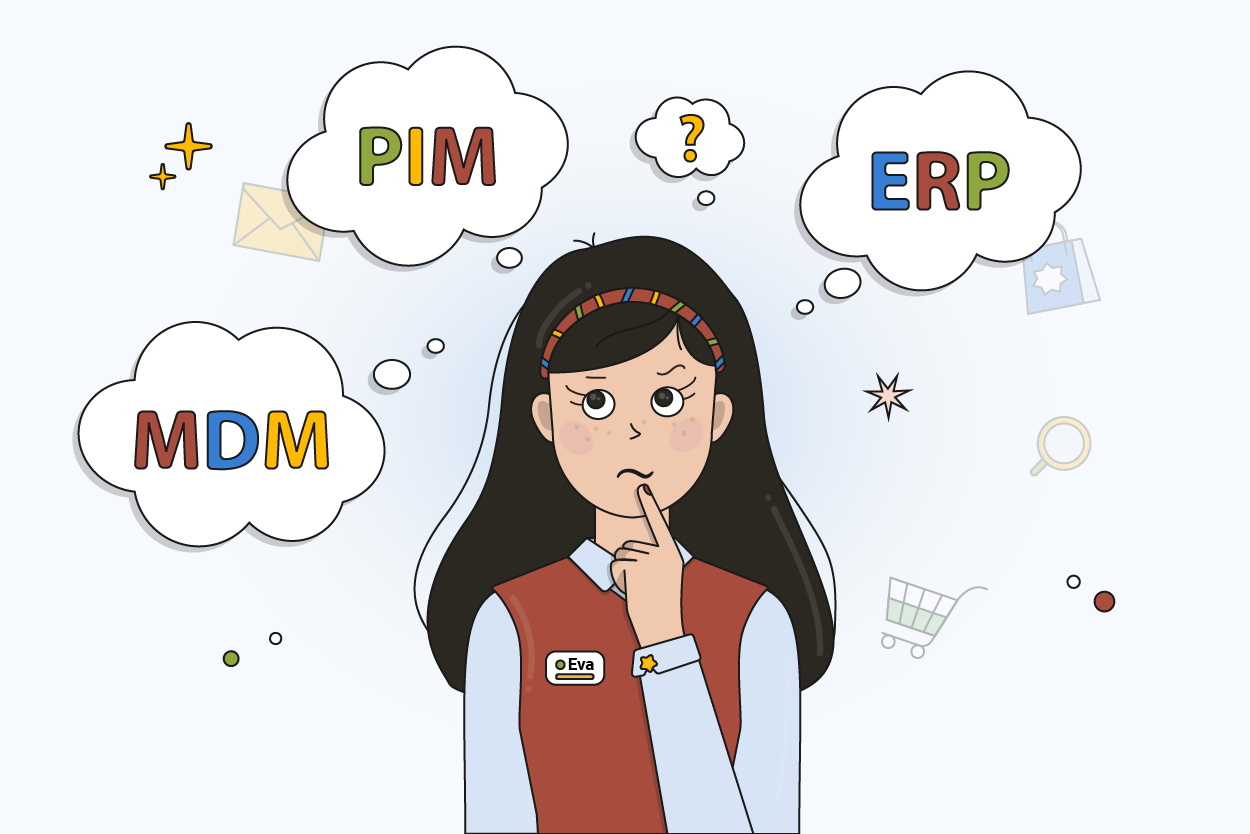
PIM vs ERP vs MDM: Complete System Comparison Guide
Choosing the right software platform to manage your business information is a significant decision. With all the different platform acronyms, PIM, ERP, MDM, it is easy to end up bewildered. These tools may seem similar, but the true role they play in